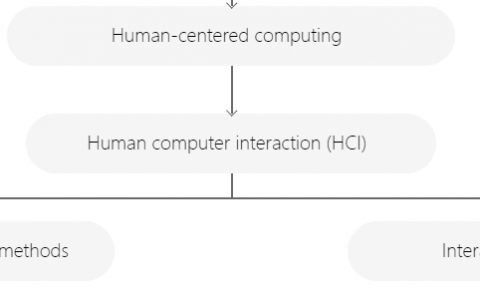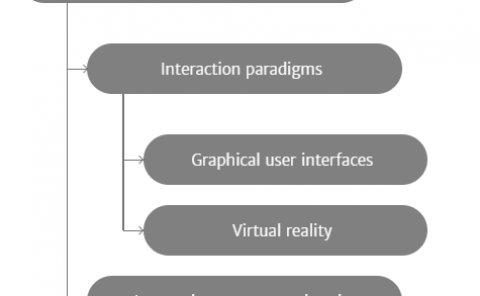QoE-Driven Resource Allocation Optimized for Uplink Delivery of Delay-Sensitive VR Video Over Cellular Network
PubDate: May 2019
Teams: Chongqing University of Posts and Telecommunications;University of Washington
Writers: Junchao Yang; Jiangtao Luo; De Meng; Jenq-Neng Hwang

Abstract
Uploading virtual reality (VR) video over cellular networks is expected to boom in the near future, as general consumers could generate the high-quality VR videos with portable 360-degree cameras and are willing to share with others. Consequently, the concerns of uplink bandwidth and delay arose for current popular technology of tile-based VR video streaming, which requires high-quality video to transcode into multiple representations for further adaptive streaming. Motivated by this, we proposed a novel scheme for uplink delivery of tile-based VR video over cellular networks, in which encoding bit rate of each tile is determined by the uplink resource allocation (RA), and the quality of content (QoC) contribution of each tile and channel quality of user equipments (UEs) are jointly considered during RA. Moreover, the RA problem is formulated as a frequency and time dependent non-deterministic polynomial (NP)-hard problem. Furthermore, we propose three algorithms to explore solving the RA problem. The simulation results show that the proposed approximate convex algorithm with low-complexity can achieve higher utility, i.e., higher total quality of experience (QoE) for viewers.


